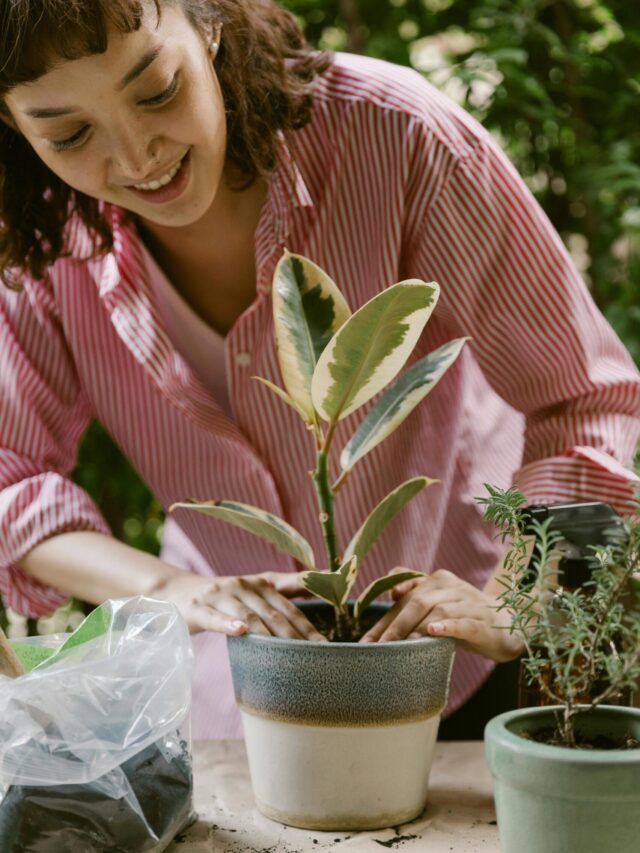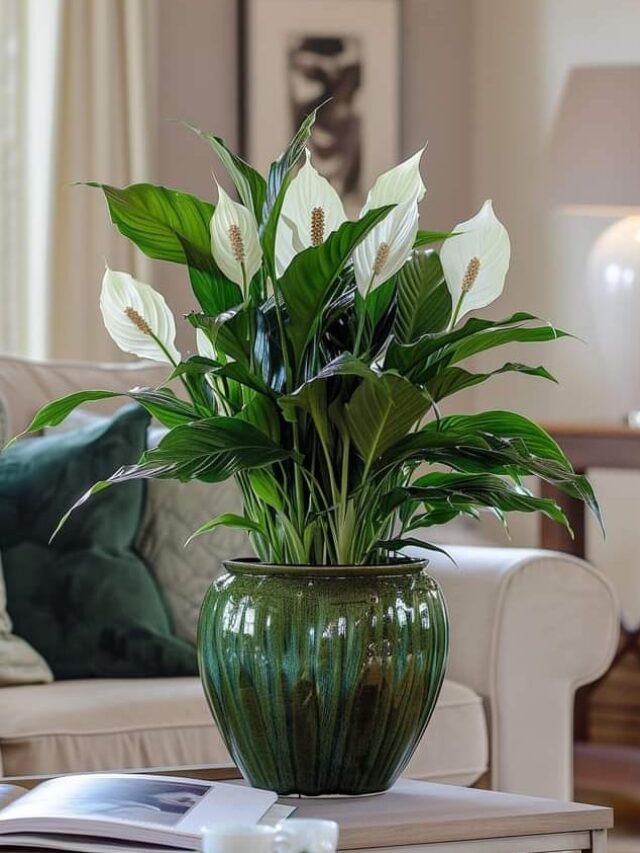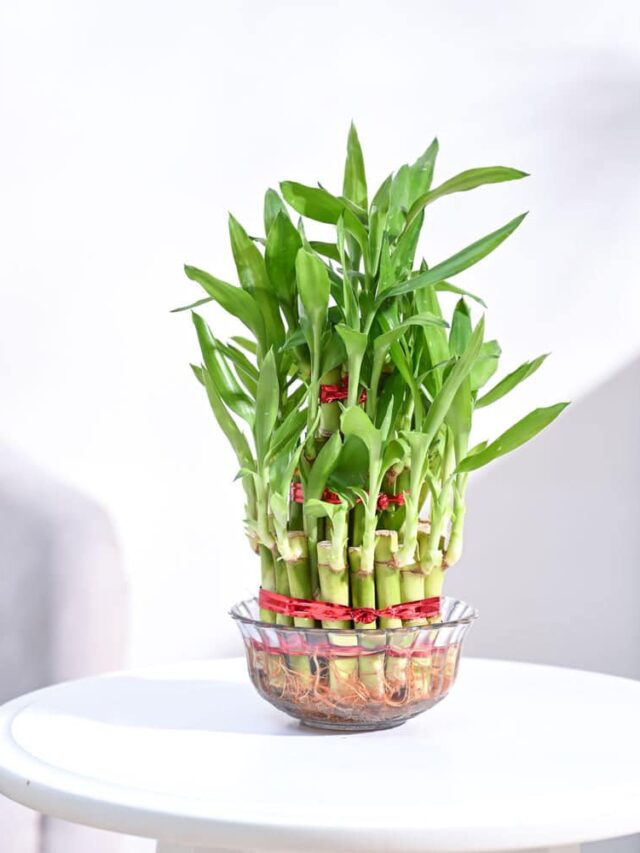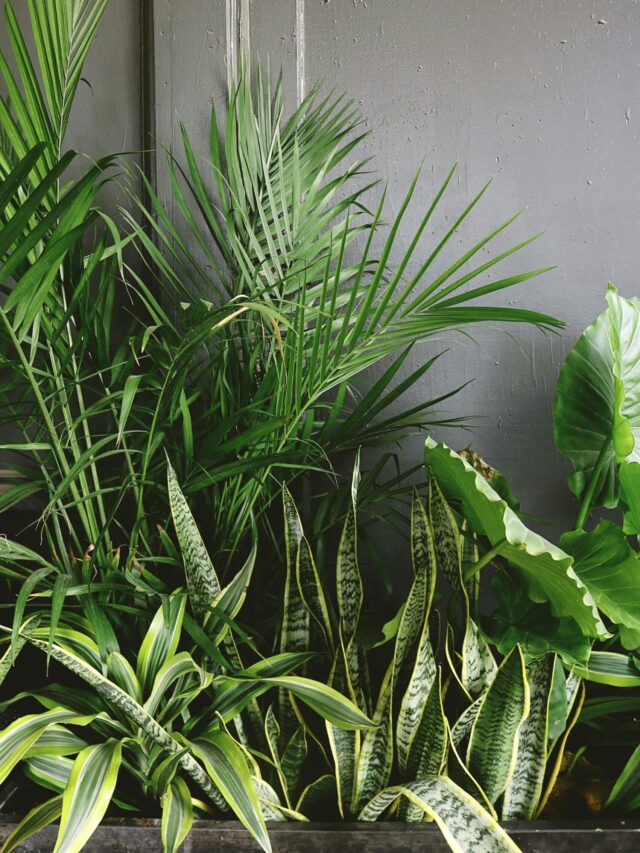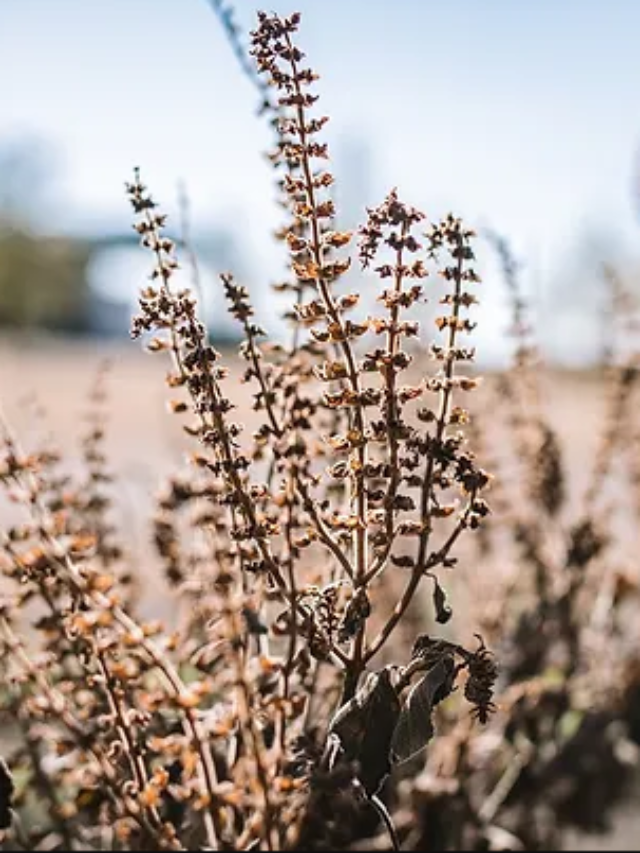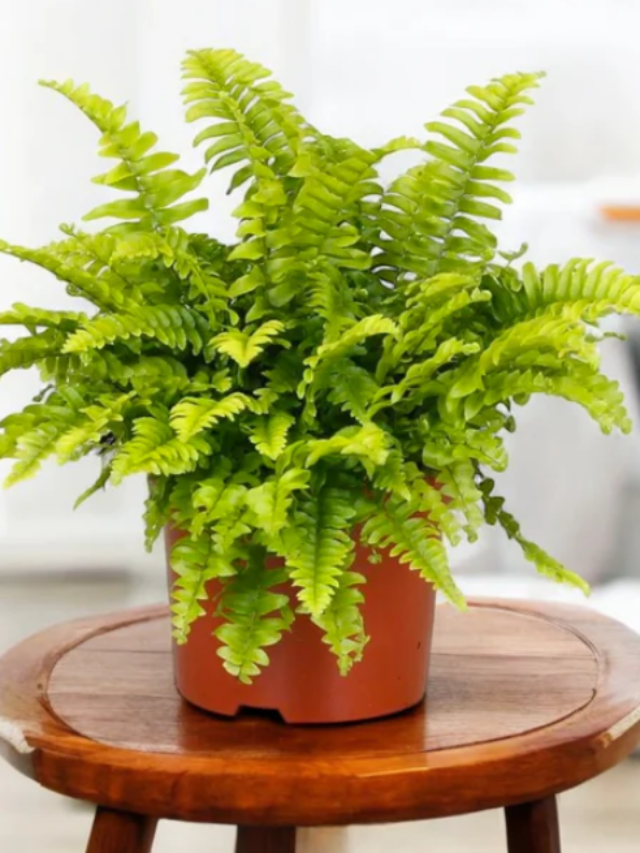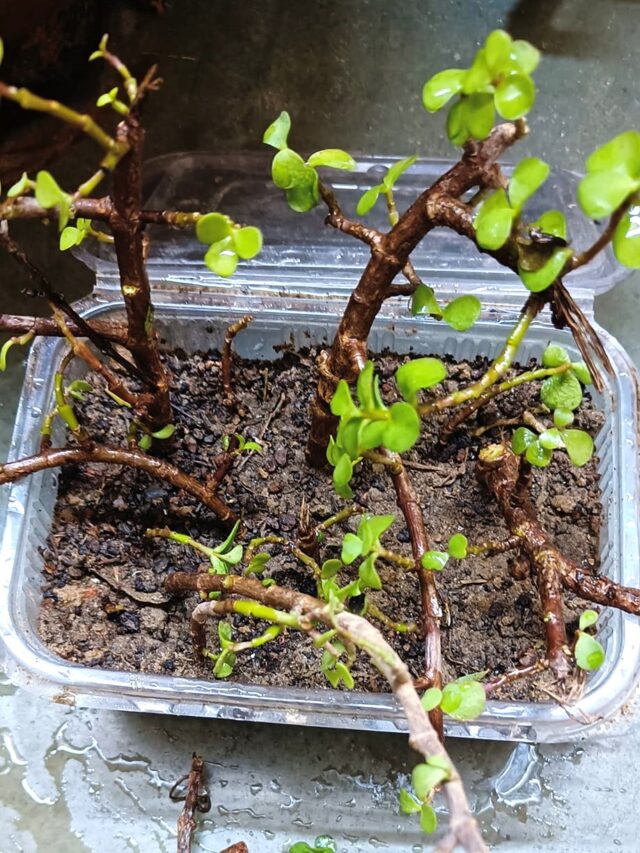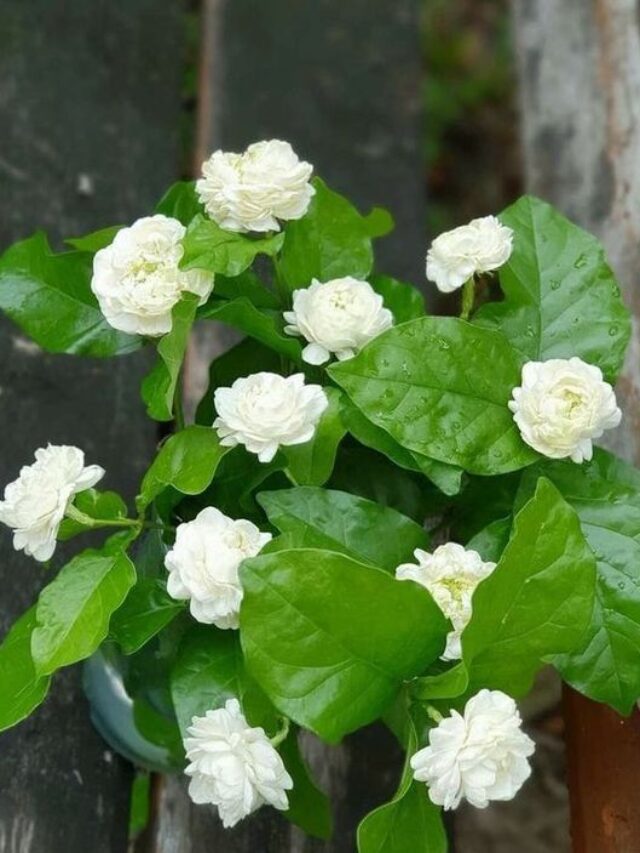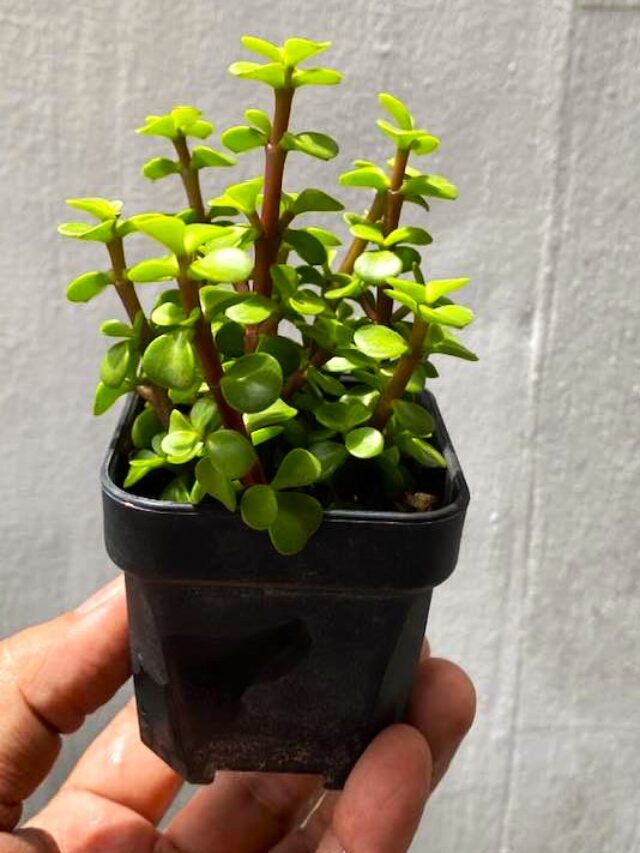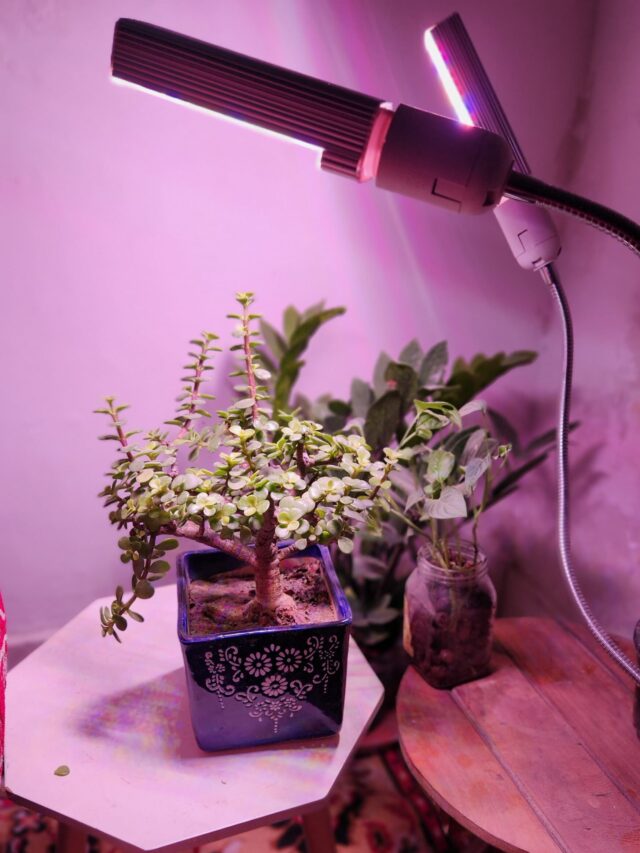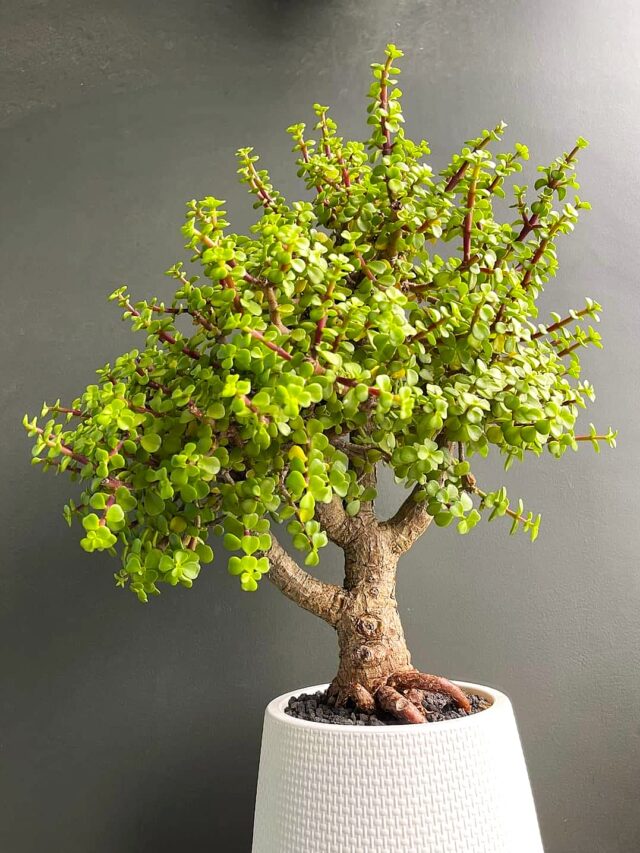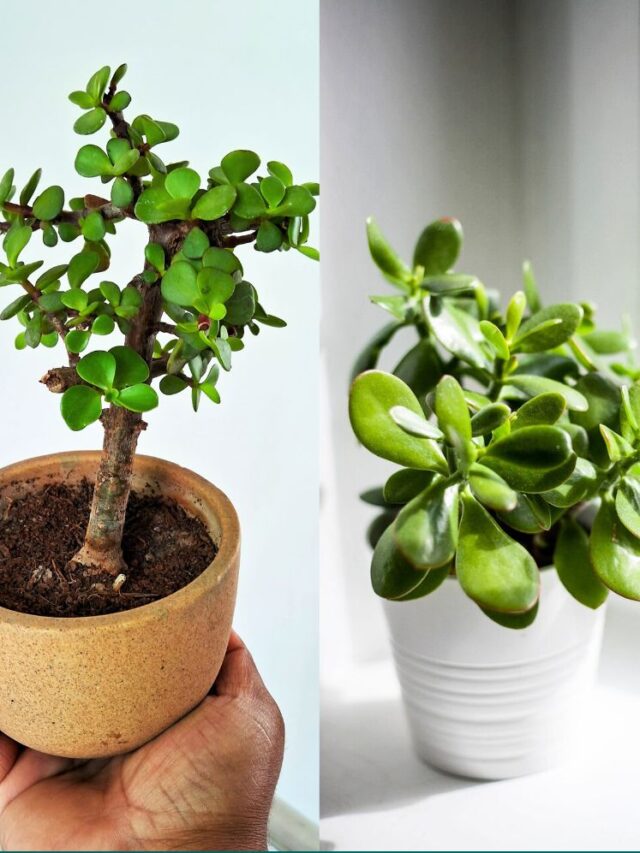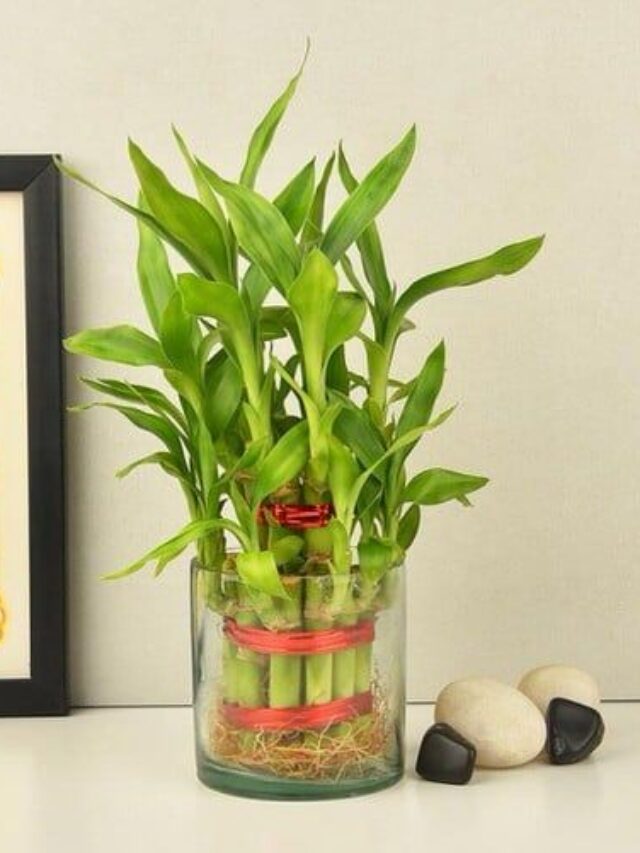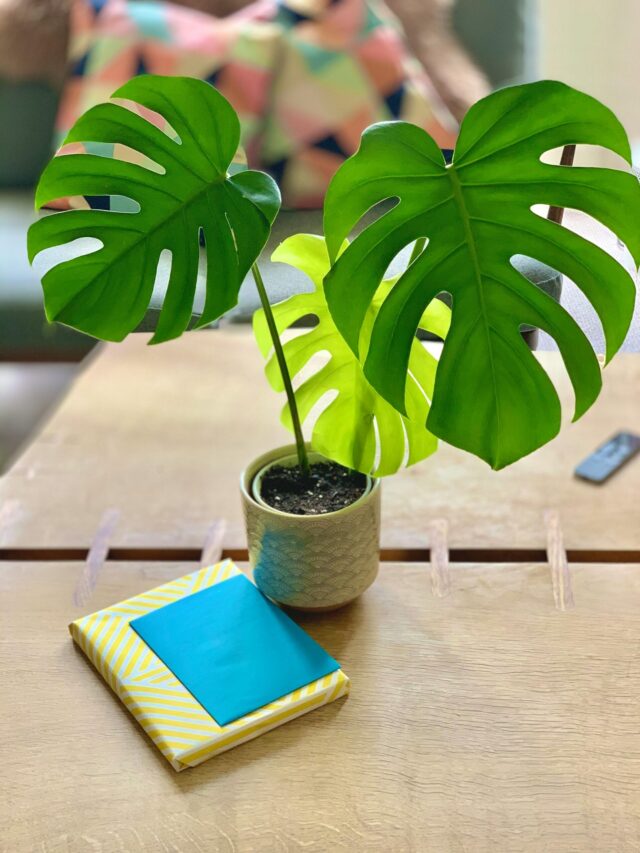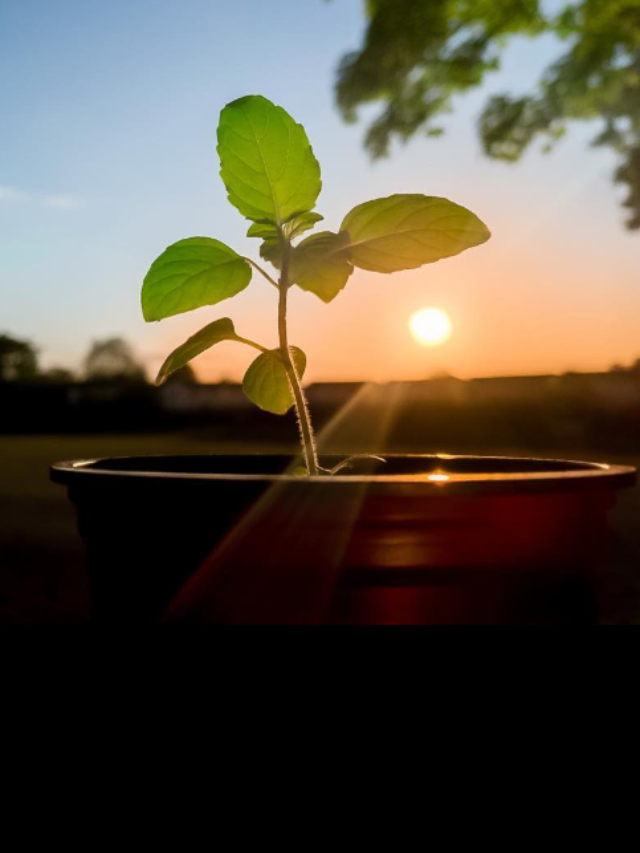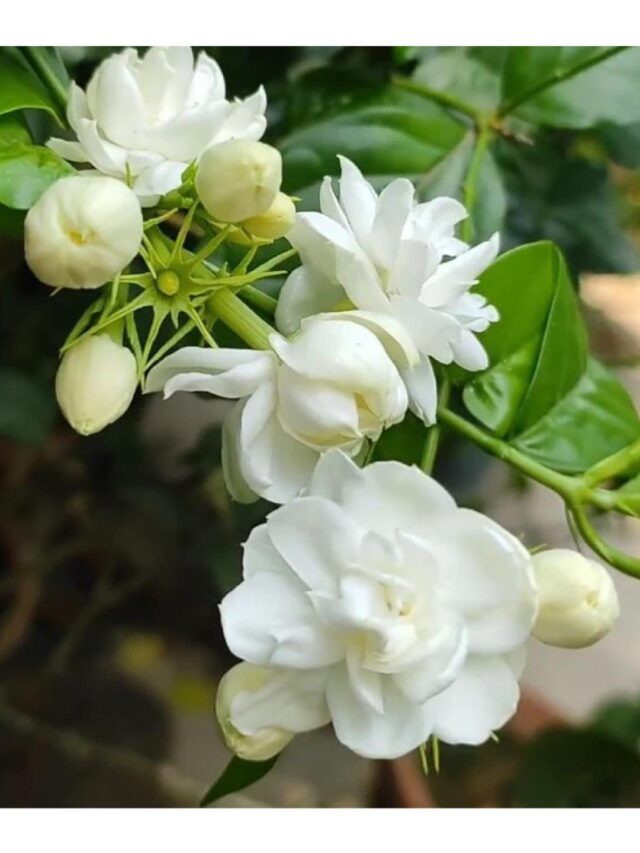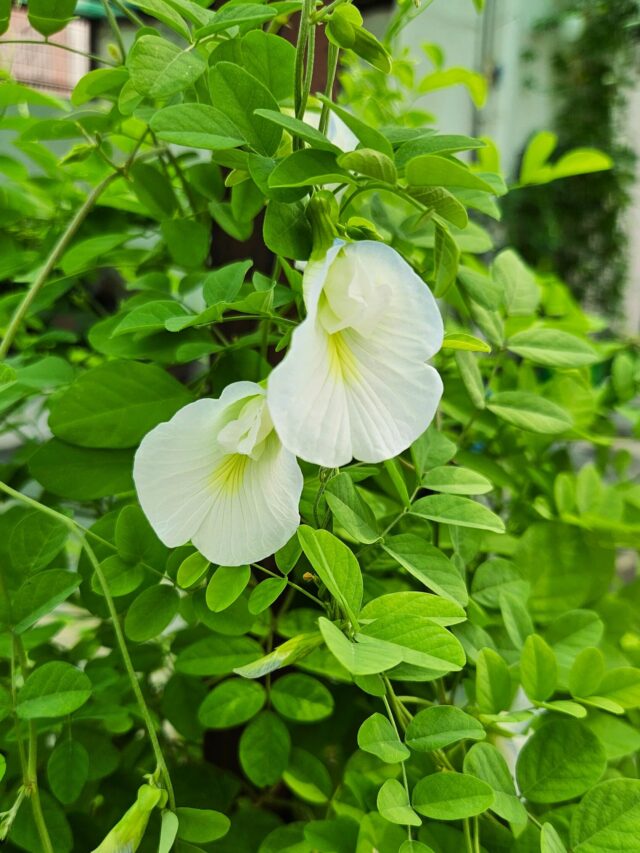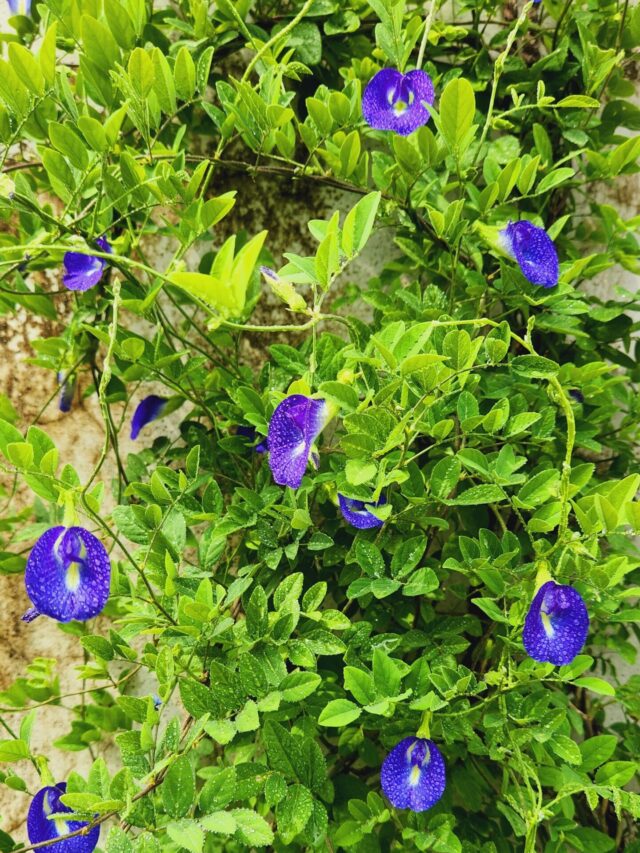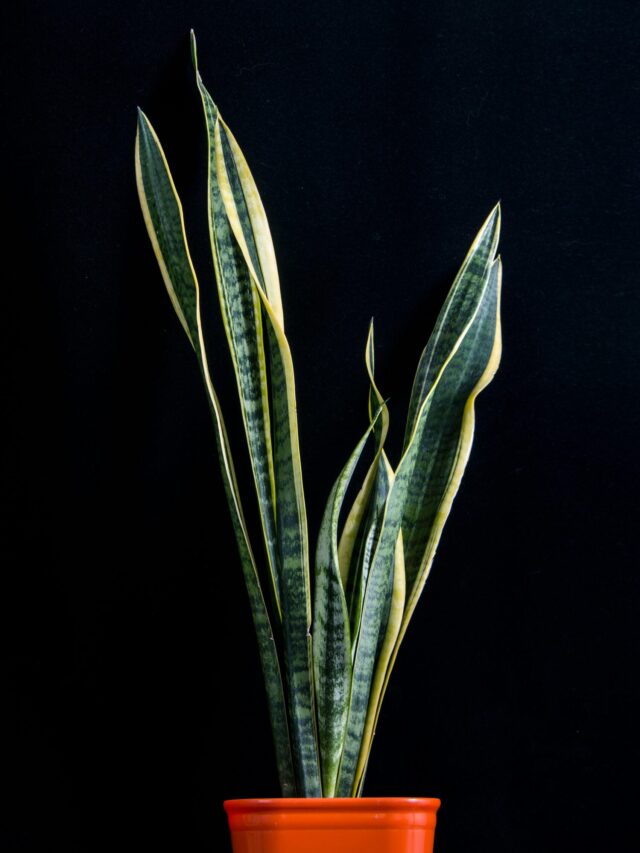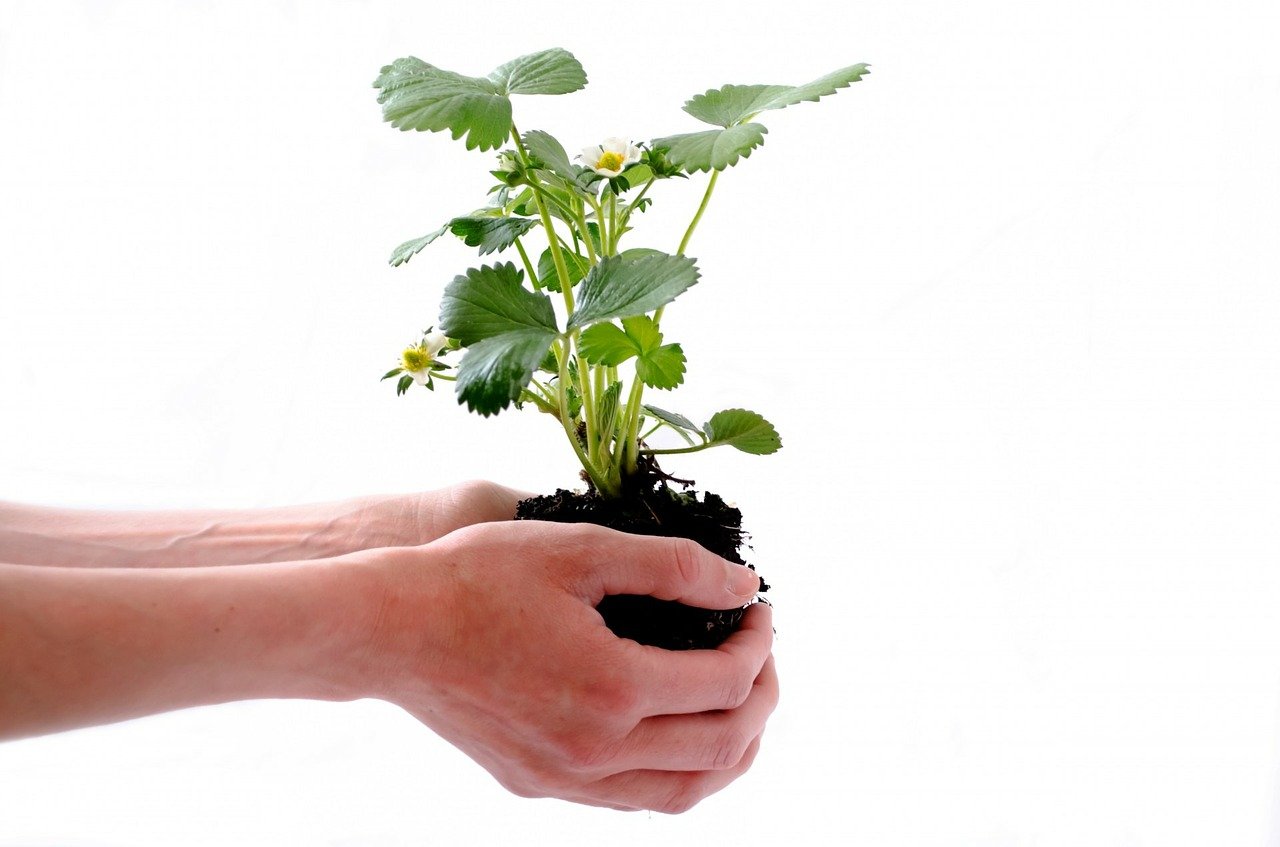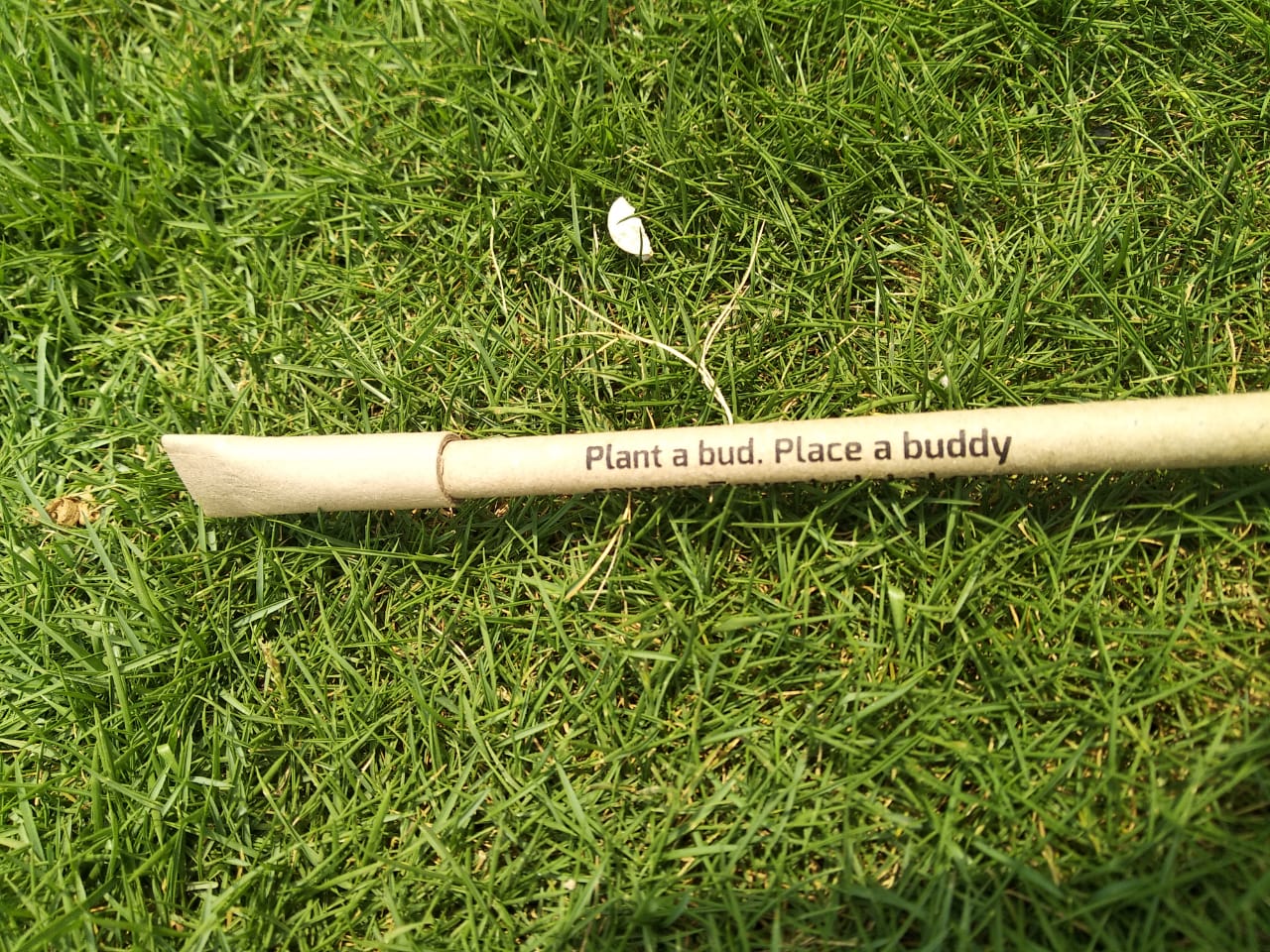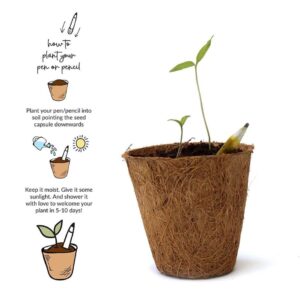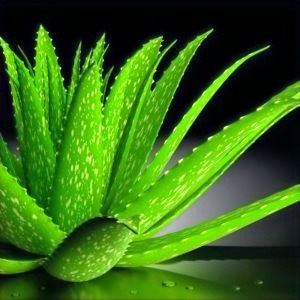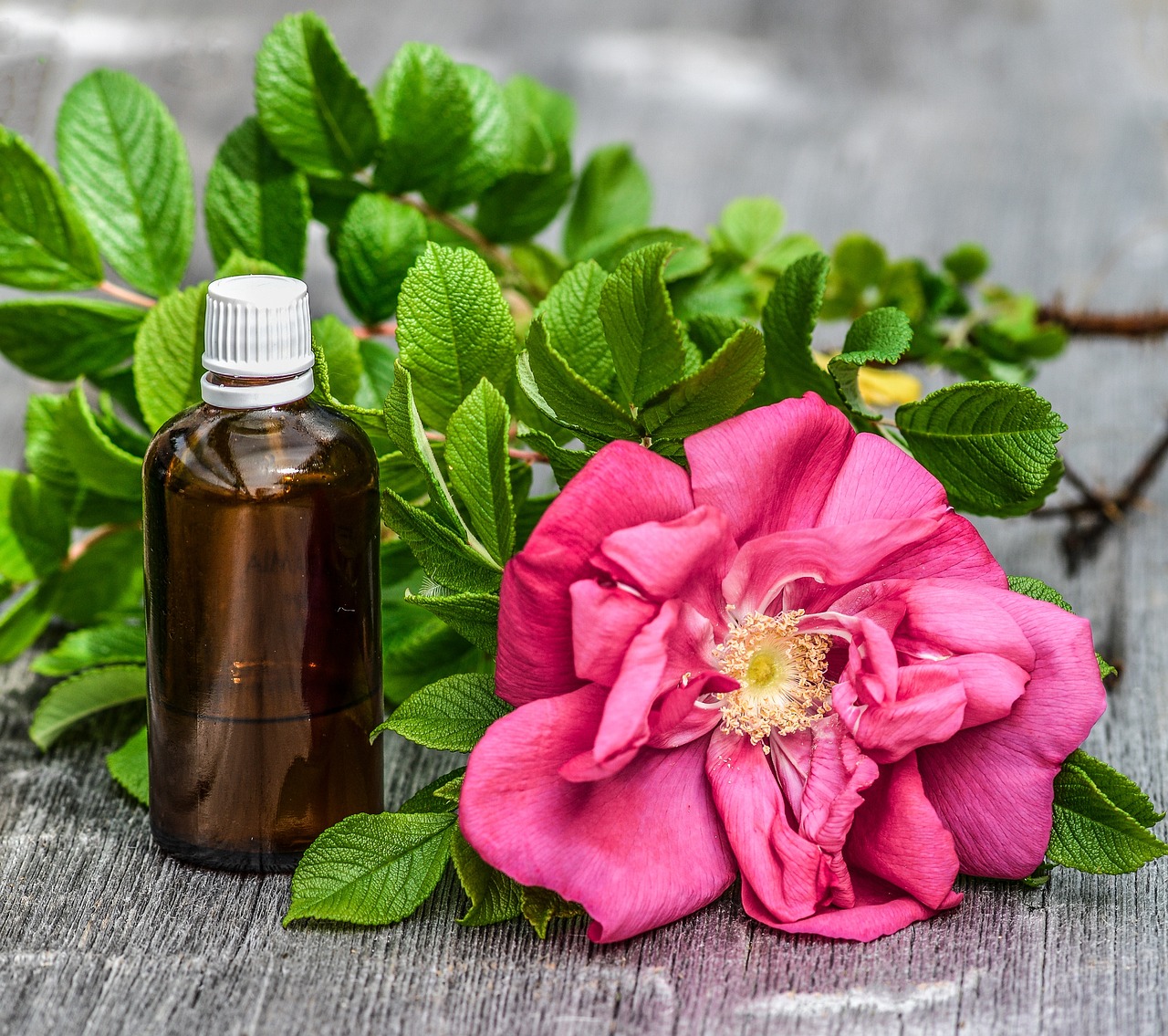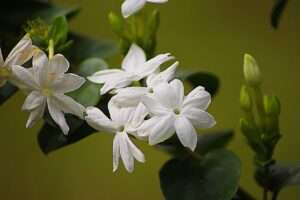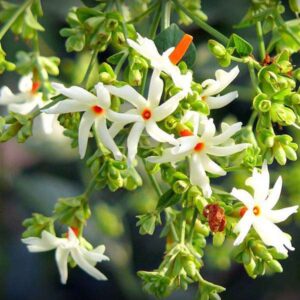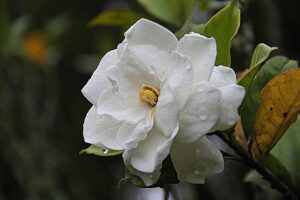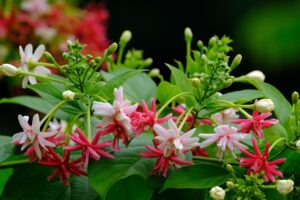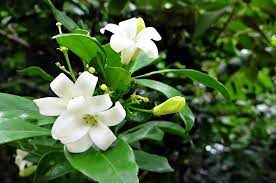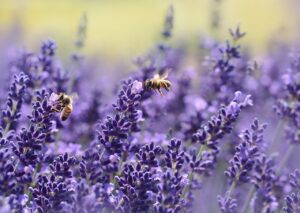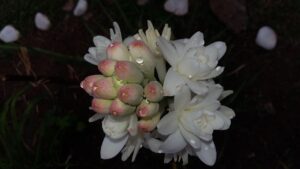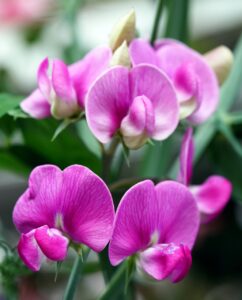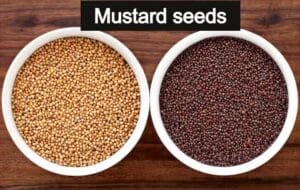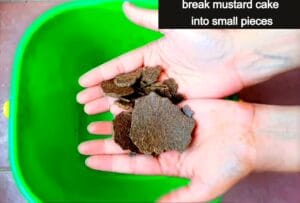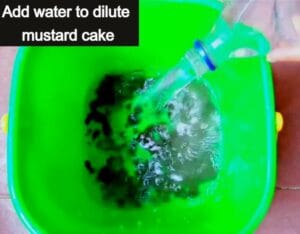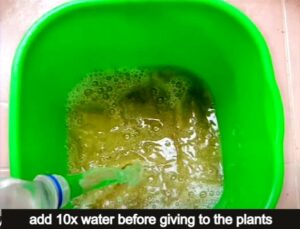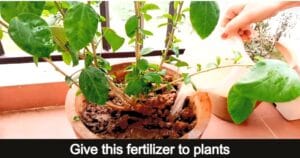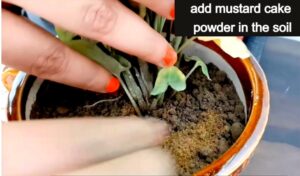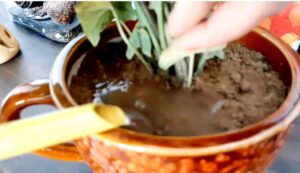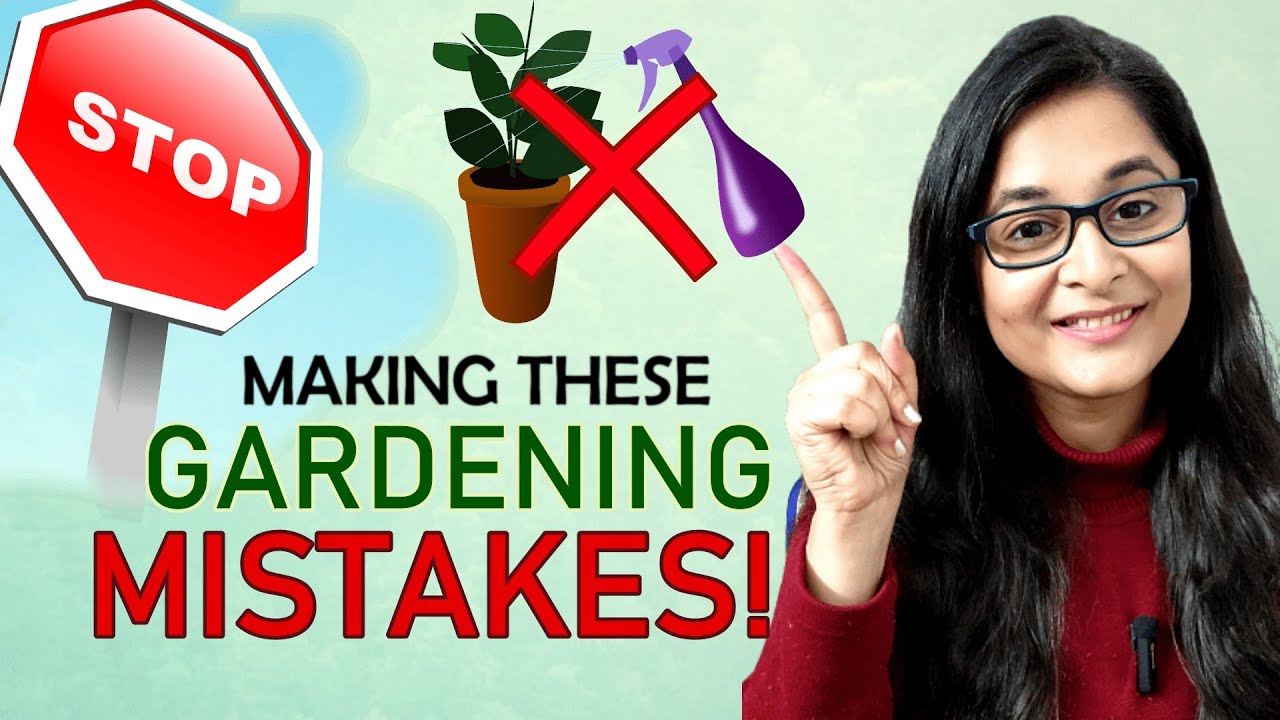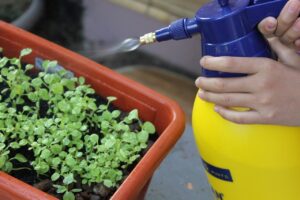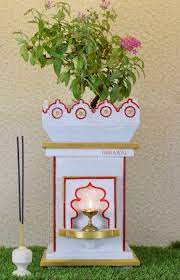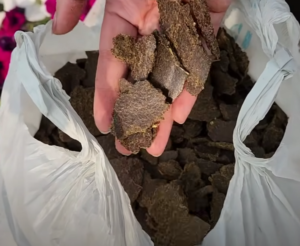Children and plants both are the purest gifts of nature. If you will love them they will love you back. More care and affection you shower on them, the happier they will grow up. When a child comes out from the mother’s womb, she needs all caution and protection to stay healthy and to adapt to new surroundings. Similarly, when new plants come to your place, you need to be very particular in taking care of them.
When we buy plants from the nurseries and bring them home, we need to shift them into a new pot. At the time of shifting, we need to follow the proper technique, otherwise, the plant will go under transplant shock and would not be able to recover back again.
So, in this article, I will share some of the key steps to repot the plant.
Steps to repot a plant
1. Soil 
- Take normal soil which is available at your place.
- Make sure there are no traces of glass, plastic, or any garbage in it.
- It should be clean soil. Make a firm powder of it with your hand, lumps should not be there.
- Mix some sand also in it, it shields the soil to become stone.
- Add coco peat also if you have any, it will help the soil to maintain its moisture. Otherwise, normal soil will also work perfectly.
2. Pot size
Normally, take a 10-inch size pot and make two drainage holes at the bottom of your pot. Cover these holes with any stone or paper, so that soil does not come out but it can shed extra water.
3. Fill the pot with the soil 
Now, fill the pot with soil and keep on tapping in between to avoid air gaps in the soil. Maintain the level of soil properly.
4. Remove the plant from plastic 
- The next step is to remove the plant from the existing plastic pot.
Repotting at the correct time is important because sometimes the roots of the plant get bonded to each other and plants can come into problems.
- If the roots are bounded to each other then first of all we need to open the bottom roots by removing their soil, then only these roots will be able to spread inside the pot properly.
- Remove the soil carefully, it should not affect the main roots.
5. Shift the plant to a new pot
After opening the roots, now, we can place the plant in a new pot. Conceal the roots of the plant deep in the soil but make sure the stem is not going inside the soil. Otherwise, stems will start decaying inside the soil. After placing the plant inside the pot, fill the rest of the empty space in the pot with soil.
6. Watering 
- Give water to the plant in installments at a gap of a few minutes.
- We need to give water to the plant till the point where excess water comes out from the drainage hole.
- When water comes out from the drainage hole, it means roots at the bottom side also get water.
- After that, if you feel there is any gap you can fill it with soil and adjust the position of your plant in the pot.
Now keep it in the shade for the next three days. It was all about shifting the plant to the new pot.
Enjoy Planting!!
